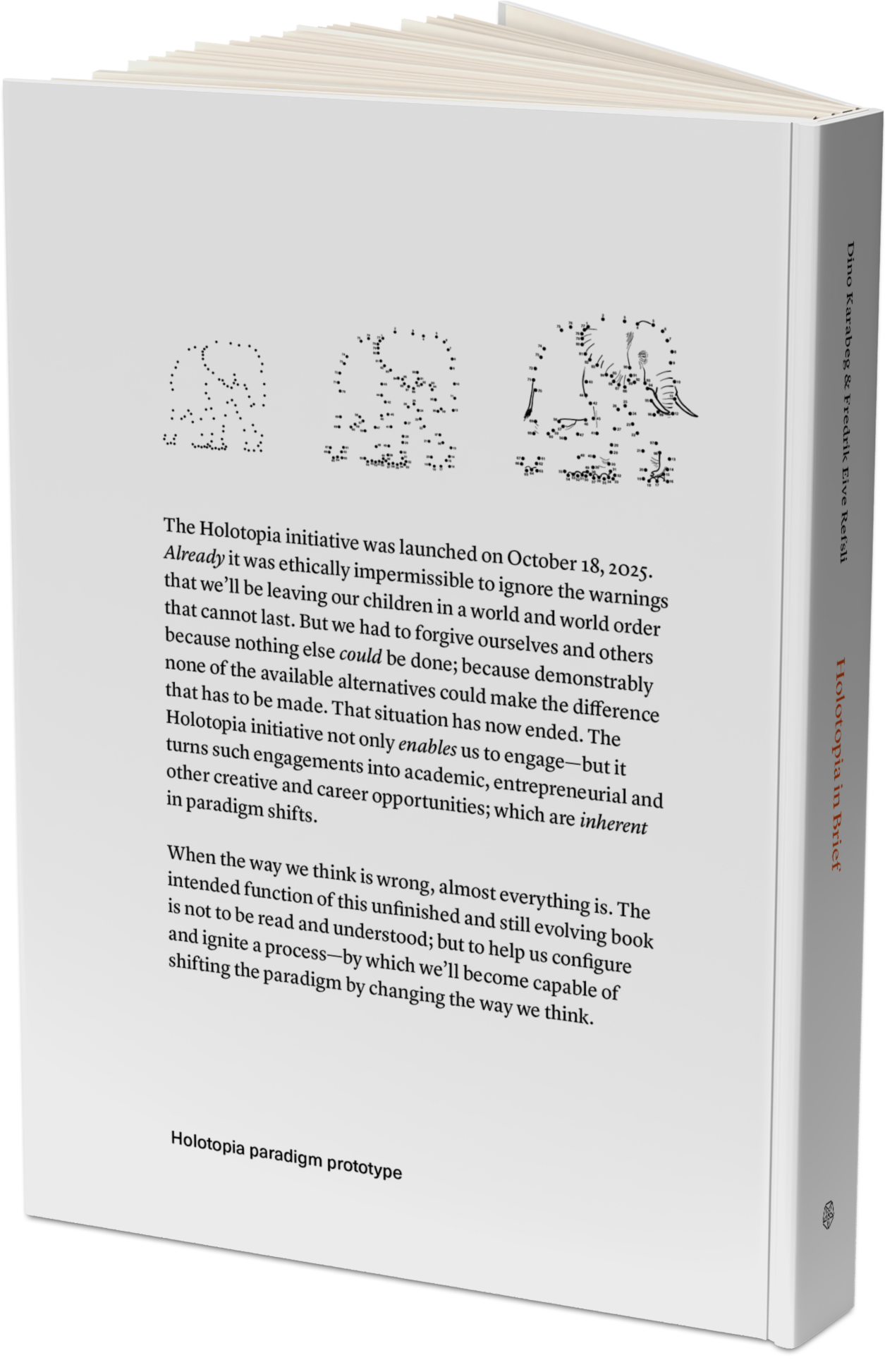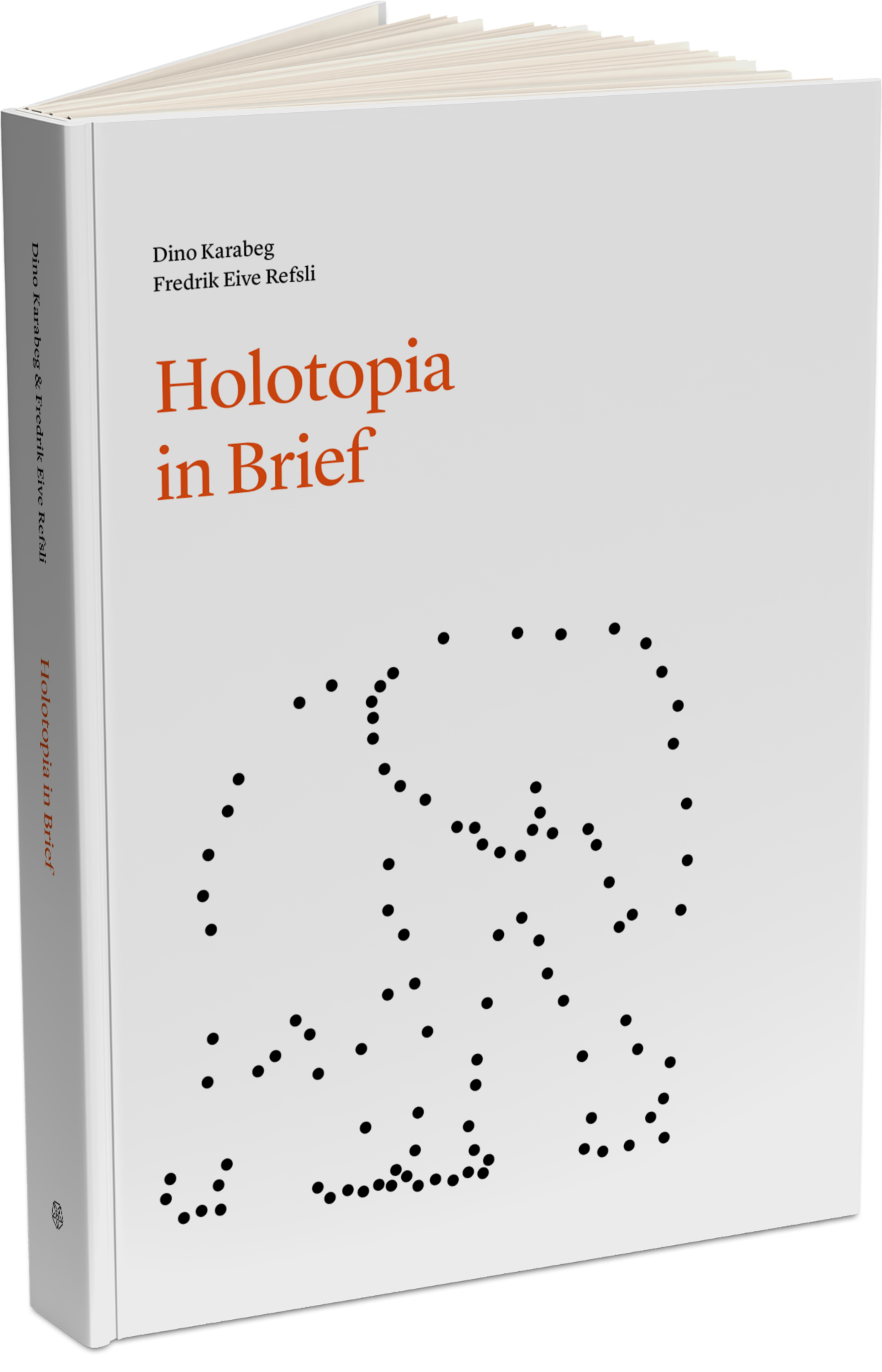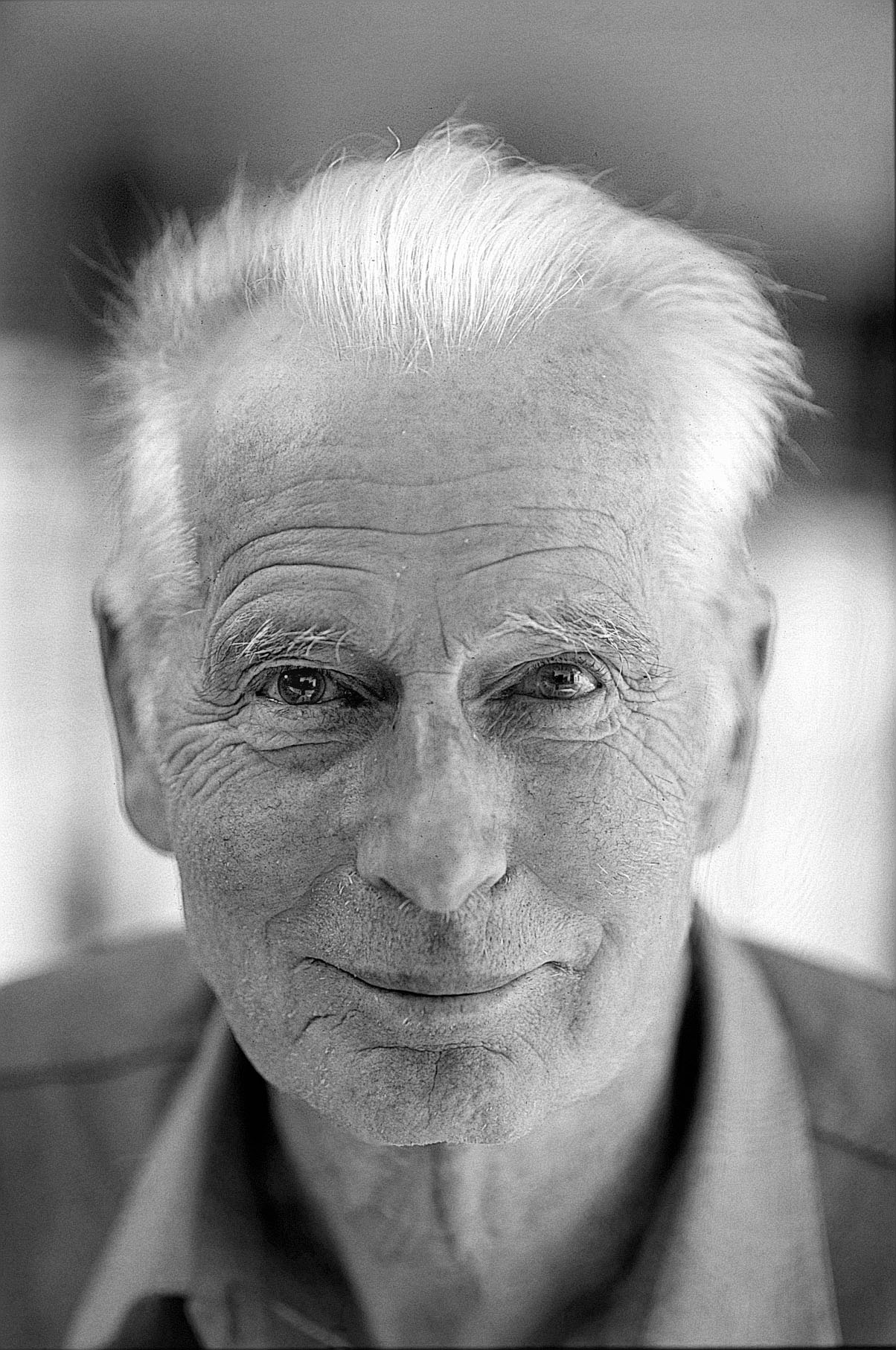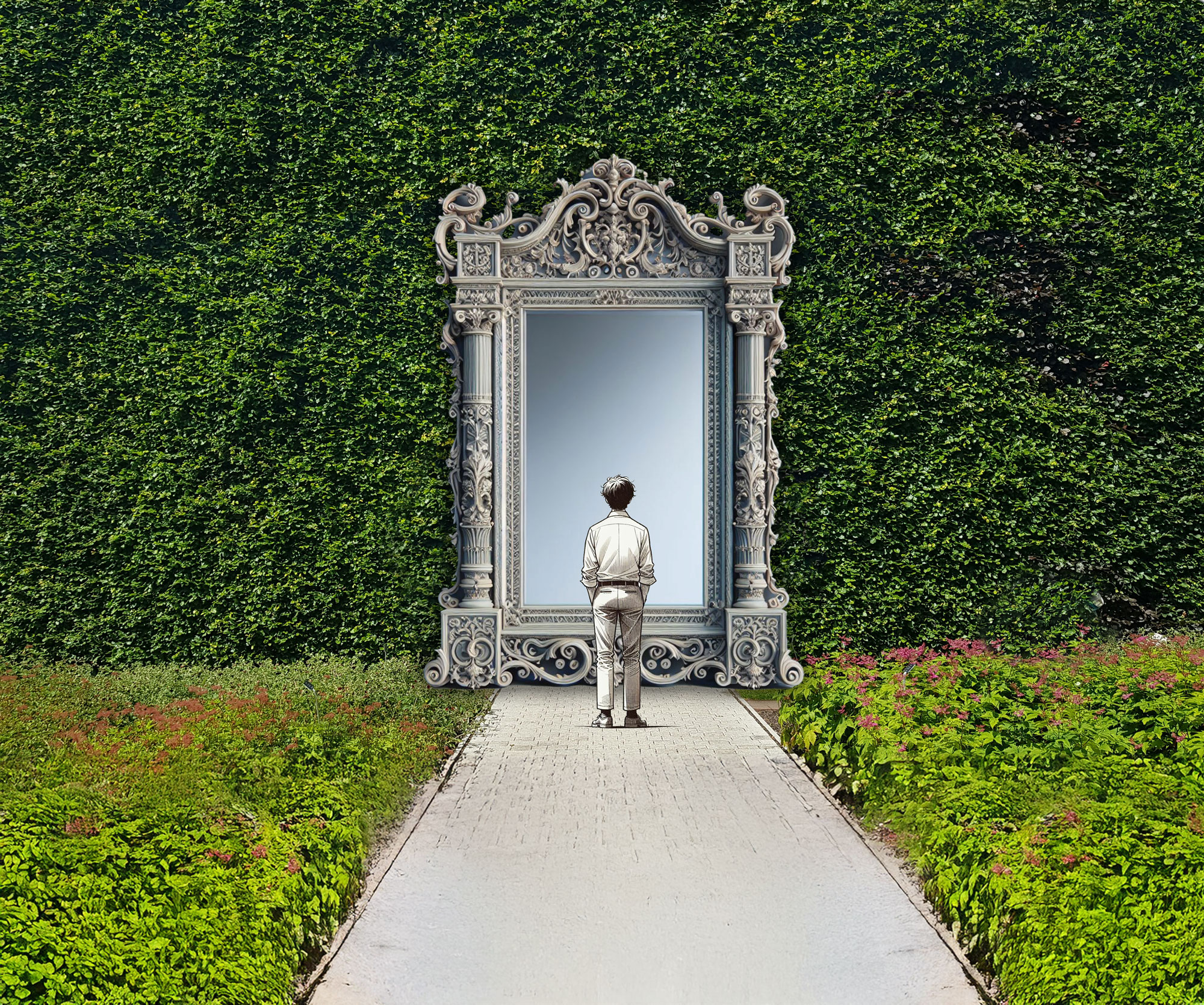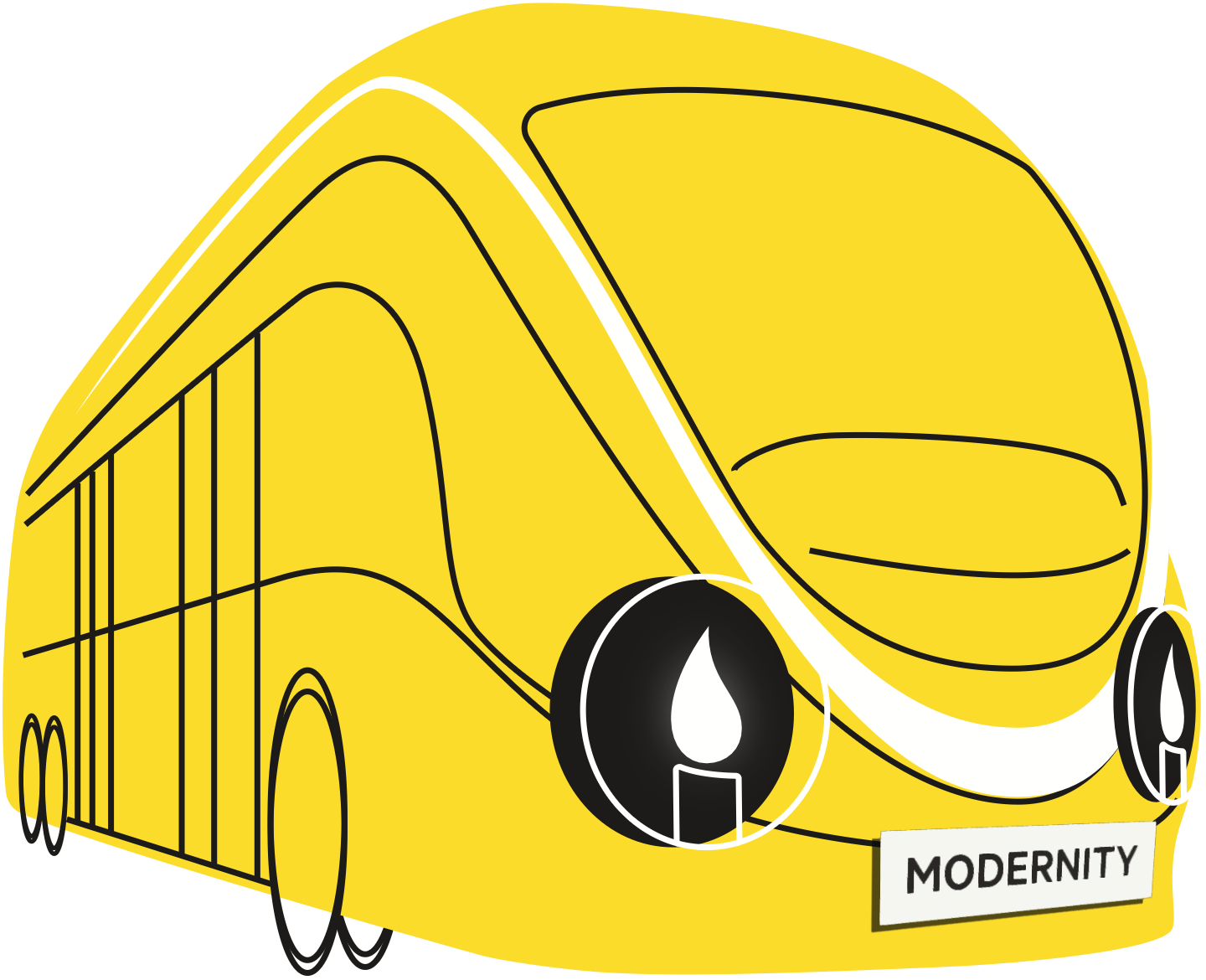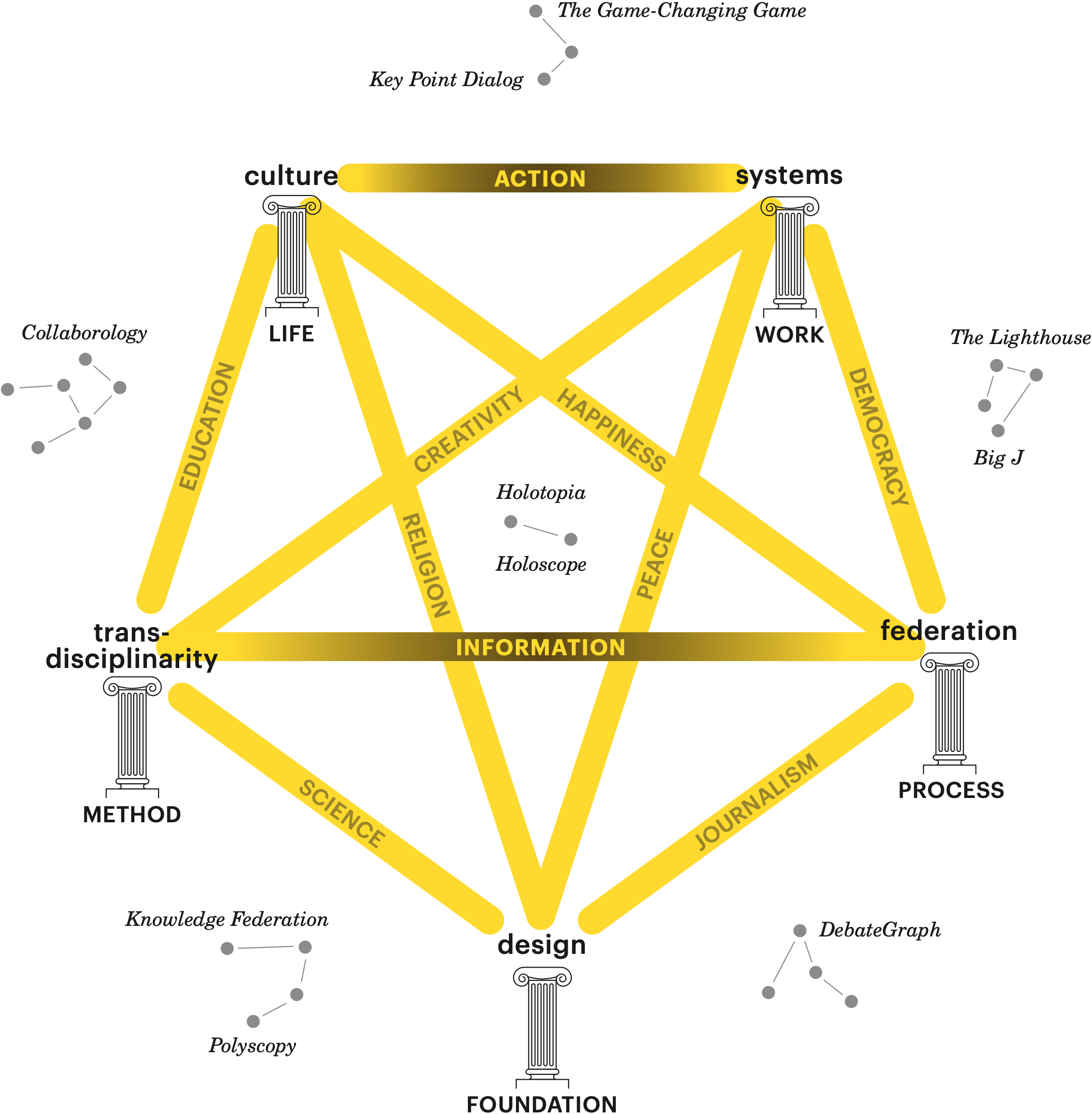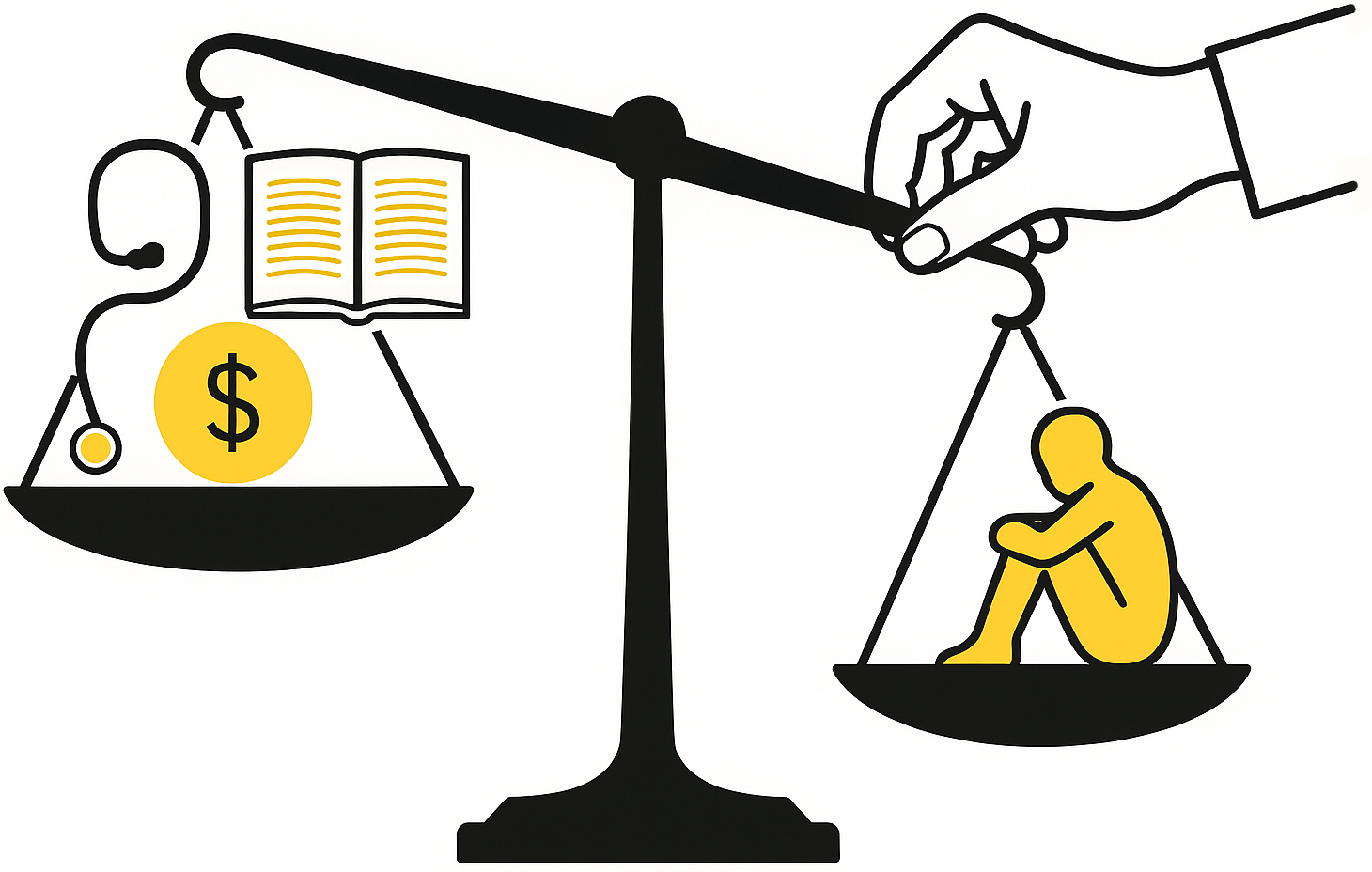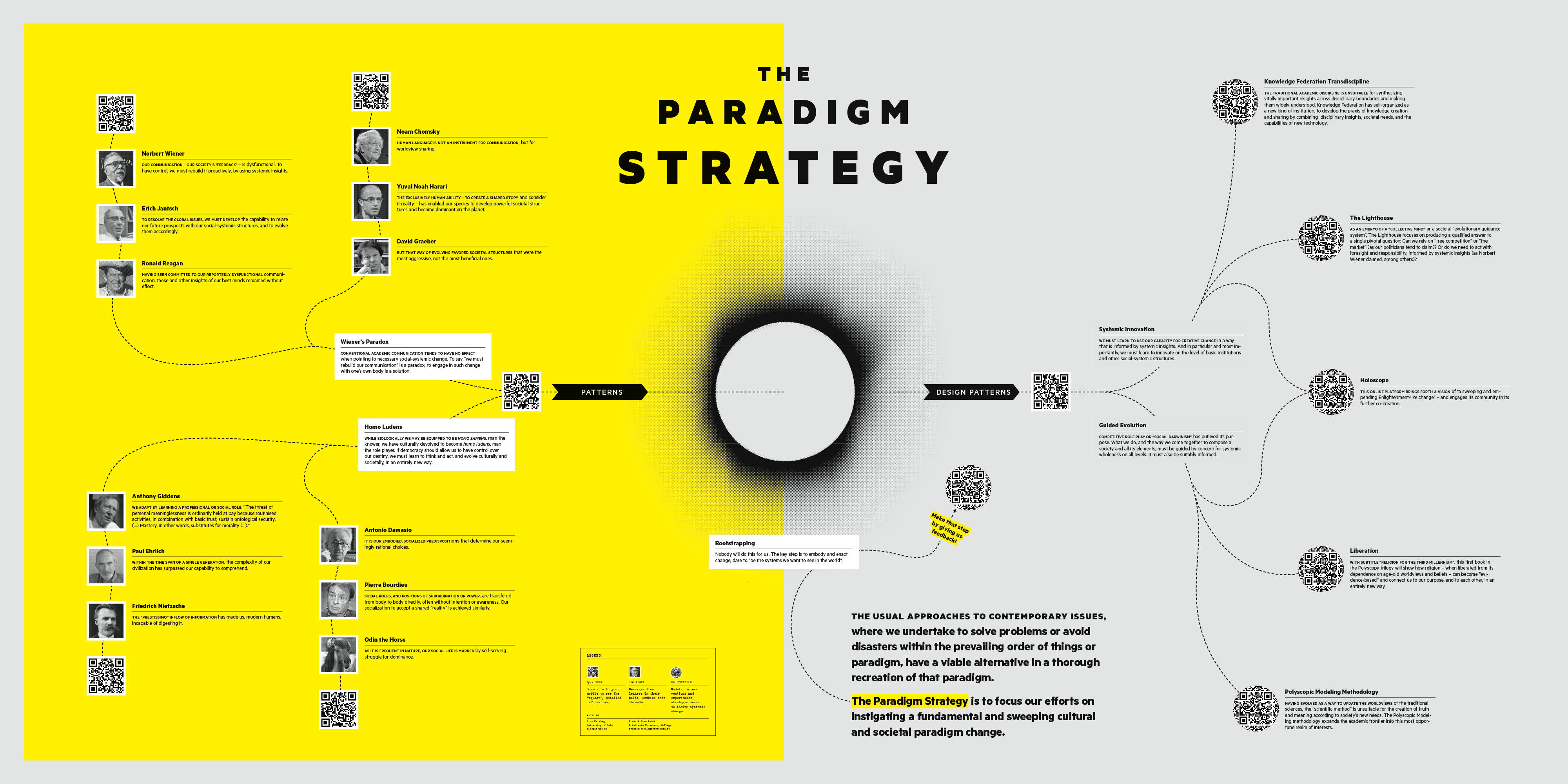The order of things or world or paradigm in which we live is a result of a fundamental error —in our very conception of reality; and regarding what information is and what it needs to be like; and in our understanding of what the human mind is and what it can do; and most importantly, in the way in which these three fundamental elements of the human world are or need to be related to each other. While some of us struggle to solve the existential problems that resulted, and most of us are busy beyond reason trying to make ends meet—it is becoming evident that we'll neither solve those problems nor make ends meet unless we correct that error. What's lacking is a process by which this can be achieved.
Our strategy is to co-create that process. The key to it all is the holotopia paradigm prototype; which you may imagine as a comprehensive toolkit; which is outlined in Holotopia in Brief. But a book can only describe; what you are looking at is (an initial version of) the virtual space where we'll self-organize and be the real thing.
When our thinking is wrong, anything can be wrong without us noticing. Our vision is of a radically different worldview and of a distinctly better or whole world that will result once our thinking has been corrected.
Our mission is to tip the imbalance of power and give impetus to the "deep" approach to both contemporary and perennial themes. To that end we will:
- Organize dialogs to co-create the holotopia vision—of which the one outlined in the book is an initial prototype
- Produce and publish in print and in other media and make the vision known and attended to
- Implement the vision in practice—by developing innovation and entrepreneurship guided and promoted by it (and not by the market and subconscious advertising)
- Self-organize as members and have impact.
